What is Return On Ad Spend (ROAS)? The ultimate 2022 guide.
February 1, 2021
Cost-efficiency is one of the hottest topics in digital marketing, especially within e-commerce.
As the digital marketing becomes more complex, Return On Advertising Spend (ROAS) is increasing in popularity in measuring online campaign success.
This article goes in-depth into what ROAS is, and how it can change the way marketers use digital advertising.
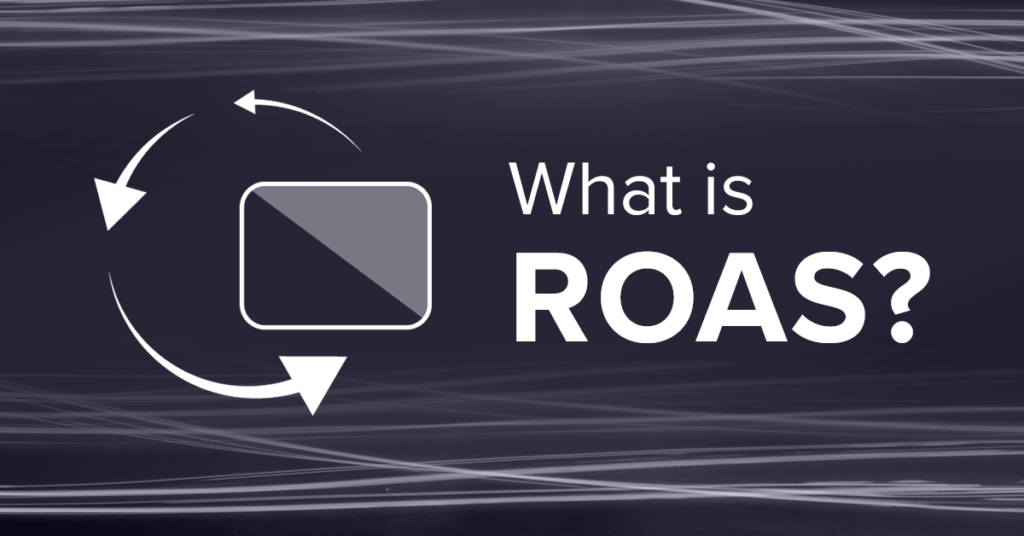
Digital advertising is maturing. And measuring success by the number of people that have viewed, clicked on, or made a purchase (conversion) from your ad just won’t do it anymore.
As advertisers find new ways to measure a campaign’s success, one of the most transparent metrics is ROAS. This has most notably increased in popularity among eCommerce brands and is for many the metric of choice.
Knowing the revenue generated from ad costs makes it easier to decide how to spend your marketing budget. You will simply know if your campaigns are making money or not.
Advertising trends show that programmatic advertising has a huge impact on your brand. But the question of the hour remains; how much should you spend?
What is ROAS (Return On Ad Spend)?
Return on ad spend, is a digital advertising metric used to measure the effectiveness of a campaign by looking at how much customers spend.
Rather than only looking at how many conversions an advertising campaign has generated, ROAS also gives you information on how much revenue those customers have generated.
The difference between ROI and ROAS

Return on investment is often used when finding if an investment is profitable for a business.
For example, let’s say an eCommerce brand decides to employ an SEO expert. They would most likely want to know how much revenue that person generates rather than outsourcing to an SEO consultant.
Calculating ROI is often more complicated depending on the amount of investments. In the example above, the company would need to factor in costs with salary, employment tax, office space, etc. to get an accurate picture of the investment.
ROAS on the other hand, is simply looking at the money spent on advertising and what that advertising has generated in sales revenue.
How to know your Return on Ad Spend
ROAS is not quite as complicated as calculating ROI.
First, you need to have the amount spent on advertising, you then take that number and divide it by the revenue created from the customers that came in from that campaign.

For example, a company spends $2,000 on an advertising campaign in a month and the campaign delivers revenue of $10,000. Therefore, the ROAS is a ratio of 5 to 1 (or 500%) as $10,000 divided by $2,000 = $5.
Revenue: $10,000
___________________ ROAS = 500%
Cost/Ad spend: $2000
In other words, for every dollar that the company spends on its advertising campaign, it generates $5 worth of revenue.
Why use ROAS?
Any marketer with the purpose of increasing sales or online spending would benefit from using Return on Ad Spend as a primary metric.
By measuring the amount of conversions, these types of brands would be able to know if their campaign generated new customers.
A business will be able to measure the value of these customers and if the campaign has generated revenue.
When marketers want to optimize their campaigns correctly, it would be unwise to only optimize toward the amount of new customers.
Certain digital channels might work great for getting new customers – but you won’t know how much the new customer has spent.
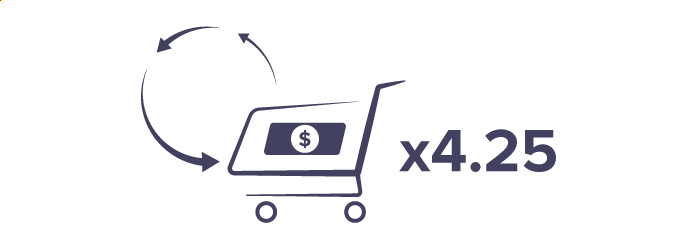
CPM, CPC, CPA < ROAS
Which metric is important to you depends on the type of campaign and the goal of that campaign.
For example, if you’re running a pure branding campaign you will want to track how many people have seen or perhaps clicked on your ad.
Most marketers who run campaigns with the goal to generate sales or conversions look at CPA (or Cost Per Acquisition). CPA measures the amount of sales divided by the cost of the campaign, but it will not give you information on what those sales are worth.
With ROAS, you get information on the value of your conversions and what those conversions have cost you. Basically, you know if the advertising has generated revenue to your business.
Optimizing toward ROAS is often associated with time consuming work. This is usually done by manually looking at the value of customers and applying that information to campaigns. This discourages advertisers to use this form of optimization.
Automatic ROAS optimization tools are becoming more common with for example Facebook, Instagram and Google Adwords. This has however not been as common in programmatic advertising.
How do I know if my ROAS is good?
A good ROAS depends on how much profit you make on each sale. A product with a high profit margin won’t require as high ROAS as a product with a profit margin of just a couple percent.
Your campaign may also be targeting site visitors or a new target audience, this will also have an effect on your ROAS.
Let’s say that you’re launching a programmatic campaign with the goal to find new customers (prospecting). Getting your money back from a prospecting campaign (a ROAS of x1 or 100%) is generally seen as a successful campaign. Even though there are other costs relating to the sales, your business is growing and the advertising costs have been paid off. Setting a minimum ROAS of x1 would be a fair goal for this type of campaign.
With a retargeting campaign on the other hand, the viewers of your ad will already have some interest in your products or brand. The goal here should be much higher than a prospecting campaign, say x4 or x5 ROAS.
How to Improve ROAS
Targeting high ROAS is becoming one of the most popular optimization goals for digital advertising. Usually, this is done manually by analysing data such as time-of-day of a purchase value, segmenting the target audiences with highest value, or frequency capping of ads. Many also optimize toward viewability, click-through-rate, or conversion rate which could also affect the end ROAS.
Manually optimizing toward ROAS has many limitations, though. Finding the right method for manual ROAS optimization takes time and it’s often tricky to get right at all.
However, by having tools that automatically optimize your campaign toward high ROAS, rather than clicks or amount of conversions, you have a higher possibility of getting a return on your campaign investment.
In essence, as long as you have a minimum ROAS, you don’t need to worry about your budget (except for perhaps product inventory and ensuring delivery). You already know that your ad spend is generating value.
Conclusion
Finding the right goal for your programmatic marketing campaign depends on a series of factors. But digital marketers that are not using the ROAS metric are not seeing the whole picture.
For example, if you compare click data and conversion data to ROAS you might find completely different results:
Campaign Performance: Click Data
Click data is the most available metric, and it seems as though “Campaign 1” is the best performing campaign, and “Campaign 2” is costing us quite a bit of marketing spend without generating the results we want.
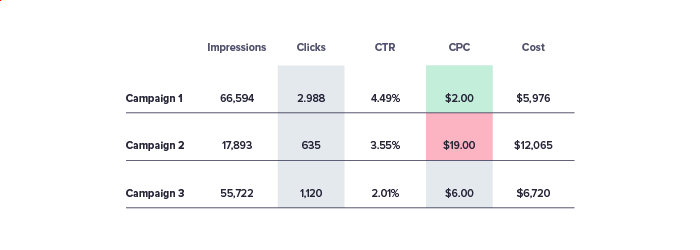
Digging a bit deeper: Conversion Data
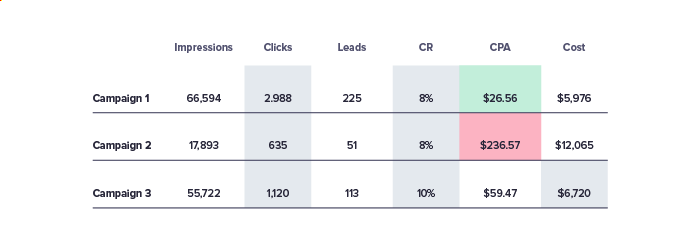
Looking at the conversion data, “Campaign 1” is still the shining star. With a CPA of $26.56, most advertisers would make a decision to cut the other campaigns that are not performing. And looking a bit closer at “Campaign 2” a CPA of $236.57 seems way too high.
Finding the truth: ROAS Data
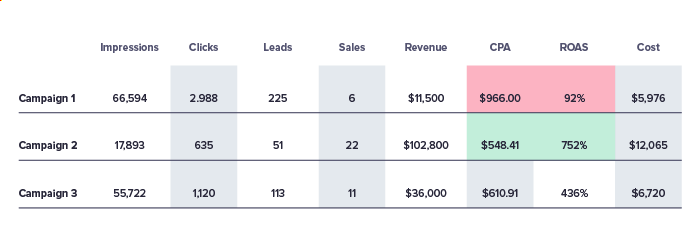
When you bring in ROAS data, all of a sudden “Campaign 1” is costing you money with a ROAS under 100%. And the campaign you were just about to turn off is the one generating the highest revenue to your business.
“Campaign 1” has the best results in clicks and conversions, but the customer value of the campaign is low.
Not optimizing toward customer revenue, let alone not having ROAS information, is often a costly mistake. Simply put, even if certain metrics are performing, does not mean that it’s good for bottom-line business.
Leave a comment
You must be logged in to post a comment.



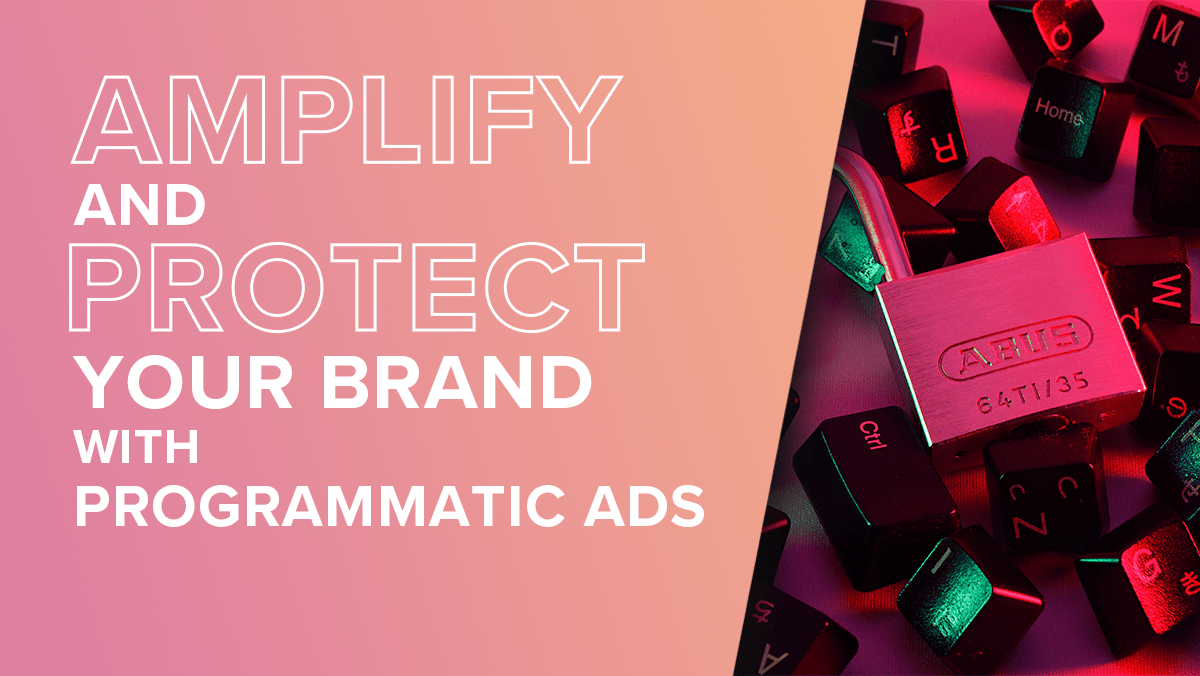
6 comments
Thanks for sharing.